
North Carolina Bug Identification: Gnats
Gnats may be small, but their presence can cause big problems. These pesky insects are a common sight in many households, buzzing around and making themselves unwelcome guests. If you’re dealing with gnats in your North Carolina home, we’ve got your guide to tackling them. From how to identify them to how to get them out of your house, we’re diving into every tiny detail of these tiny nuisances.
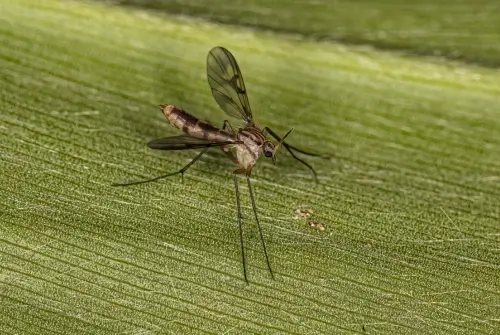
4 Types of Gnats
Gnats are tiny flying insects that belong to the Diptera order and the suborder Nematocera. They are characterized by their long, slender bodies and delicate wings. These insects are typically around 1/8 inch in size, making them barely visible to the naked eye. Gnats come in various species, including fungus gnats, fruit flies, and drain flies, each with its own unique characteristics. Let’s explore the 4 main types of gnats so you can determine what type of gnats are invading your space.
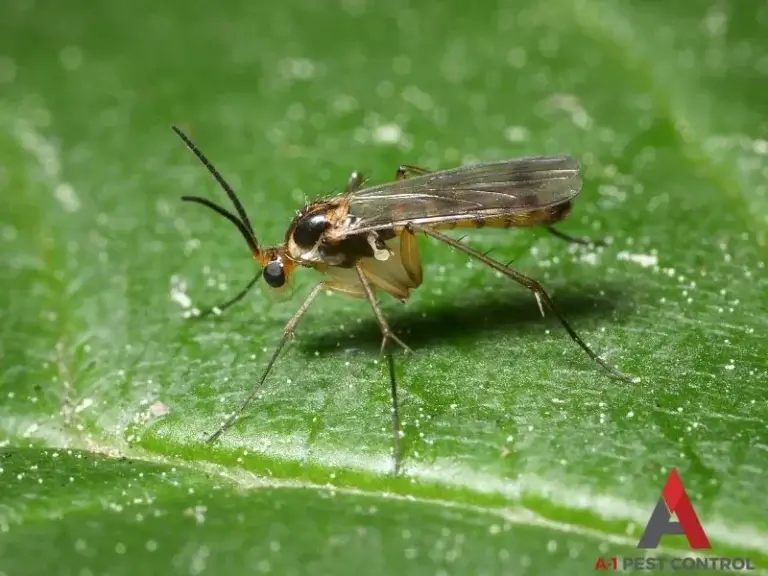
Fungus Gnats
Fungus gnats are small flying insects commonly found in moist environments such as soil, compost, and overwatered houseplants. These tiny pests are attracted to decaying organic matter and are often seen hovering around the surface of the soil or flying near windows and light fixtures indoors.
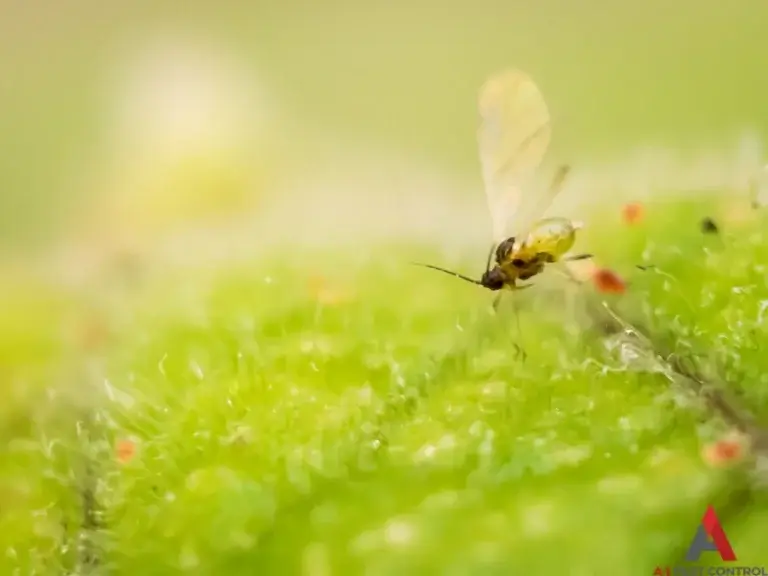
Buffalo Gnats
Buffalo gnats, also known as black flies, are small, biting pests that thrive near moving water. Their painful bites and swarming behavior can make outdoor activities unbearable. Learn more about buffalo gnats and how to keep them away.
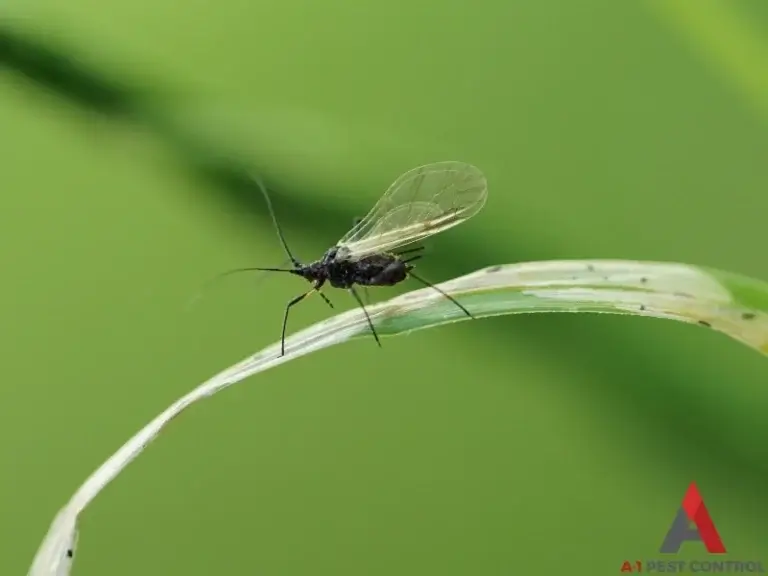
Eye Gnats
Eye gnats are small flying insects known for their attraction to the moisture and secretions around the eyes and noses of humans and animals. These pests are often found in agricultural areas and are attracted to sweat, tears, and mucous membranes. Eye gnats are not known to bite or transmit diseases, but their swarming behavior can be annoying and disruptive.
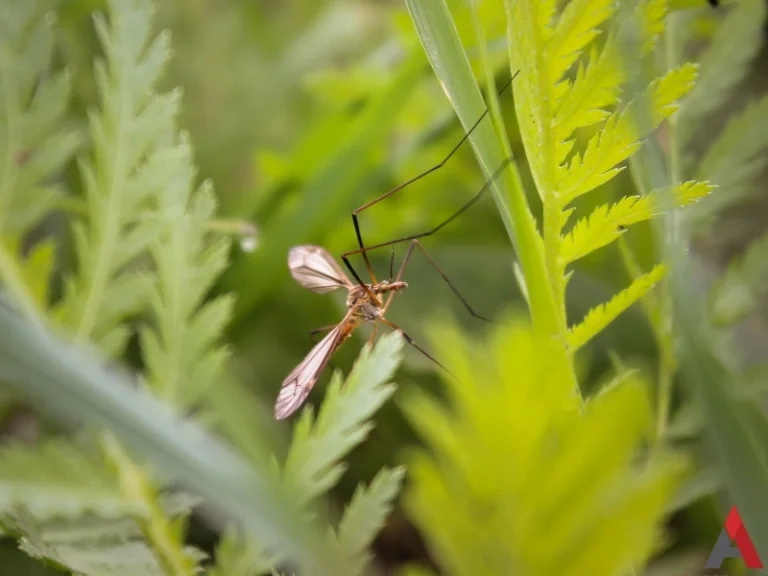
Gall Gnats
Gall gnats, also known as gall midges, are small flying insects that lay their eggs on plant tissue, causing abnormal growths known as galls. These galls serve as shelters and food sources for the developing larvae.
While some species of gall gnats are harmless, others can cause significant damage to plant health and productivity.

Gnat Facts
They may be annoying, but these little bugs are more interesting than we often give them credit for:

Ecosystem Heroes
Some species of gnats, such as fungus gnats, play important roles in ecosystems by aiding in the decomposition of organic matter. These gnats lay their eggs in moist soil and organic debris, where their larvae feed on fungi, bacteria, and decaying plant material. By consuming and breaking down organic matter, fungus gnats help recycle nutrients back into the soil, promoting soil health and fertility.
Their feeding activity also accelerates the decomposition process, facilitating the return of nutrients to the ecosystem. Without decomposer insects like fungus gnats, organic matter would accumulate, hindering nutrient cycling and soil regeneration processes.

Lifespan
Gnats are known for their short lifespan, with adult individuals typically living only a few days to a week. During their brief adult stage, gnats focus on mating and reproducing, with females laying hundreds of eggs in suitable breeding sites. This short lifespan is primarily attributed to the intense energy expenditure during mating rituals and the energy demands of flight.
Despite their short lifespan, gnats can reproduce rapidly under favorable conditions, leading to population explosions in areas with abundant breeding sites and resources.

Mating Rituals
Male gnats are often seen performing elaborate mating dances to attract females, showcasing their agility and coordination in flight. These mating dances serve as courtship displays, allowing males to demonstrate their genetic quality and suitability as mates. Females size up male displays and choose mates based on factors such as wingbeat frequency, flight speed, and the complexity of aerial maneuvers.
What Attracts Gnats?
Figuring out what attracts gnats can help you get to the root of an infestation.
Organic Matter
Gnats are drawn to decaying organic material since it is a nutrient-rich food source for both adult gnats and their larvae. Overripe fruits, decomposing vegetation, and organic debris provide a feast for these pests, attracting them in large numbers.
Moisture
Gnats thrive in areas where moisture levels are high, as it provides an ideal environment for their eggs to hatch and their larvae to develop. Moist soil, for instance—such as in overwatered plant pots or garden beds—offers a perfect breeding ground for gnats.
The presence of stagnant water also acts as a magnet for gnats. Whether it’s a puddle in the yard, a clogged gutter, or standing water in a drain, gnats are quick to colonize these areas and lay their eggs.
Light
Gnats are also attracted to light, which is thought to help them navigate and locate the best habitats for breeding and foraging. Light sources such as windows, lamps, and outdoor fixtures draw in gnats, especially during the evening and nighttime when they are most active. This attraction to light can lead gnats to gather around illuminated areas, making them more noticeable and troublesome indoors.
Where are Gnats Commonly Found?
Gnats can be found both indoors and outdoors, though the exact location depends on the species. Indoors, they are often found in kitchens, bathrooms, and basements, where moisture levels are high and organic material is present. Outdoors, gnats thrive in areas with decaying vegetation, such as compost piles, garden beds, and damp soils.
What to Do if You Have Gnats Indoors?
If you’re dealing with gnats indoors, there are several steps you can take to manage the infestation:
Identify Breeding Sites
Inspect your home for areas excess of moisture, or places that might be home to more organic matter. Overwatered plants, clogged drains, and any spots where food residue has been left. Remove or clean these breeding sites to reduce gnat populations.
Improve Ventilation
Proper ventilation can help reduce moisture levels indoors, making the environment less welcoming for gnats. Use exhaust fans in kitchens and bathrooms, and open windows to promote air circulation.
Implement Pest Control
There are a few DIY pest control strategies that might help with a gnat infestation.
Gnat Traps
From store-bought to homemade, there are a variety of types of traps you can use to address an existing gnat problem.
- Sticky Traps: These traps are specifically designed to attract and capture gnats. They typically consist of a sticky adhesive surface that traps gnats when they land on it. Place these traps near windows, light fixtures, and areas where gnats are commonly seen flying.
- UV Light Traps: These traps use ultraviolet light to attract gnats and other flying insects, then trap them using a fan or adhesive surface. They are effective at capturing adult gnats and can be placed indoors or outdoors.
- Fruit Fly Traps: While designed for fruit flies, these traps can also capture gnats effectively. They usually contain a lure made from vinegar or fermenting fruit, which attracts gnats and other small flying insects.
- Apple Cider Vinegar Trap: Fill a small bowl or jar with apple cider vinegar and add a few drops of dish soap. The vinegar attracts gnats, while the soap breaks the surface tension, causing them to drown when they land in the solution. Cover the container with plastic wrap and poke small holes in it to allow gnats to enter.
Natural Repellents
You can also opt for natural repellents to deter gnats from entering your home.
- Essential Oils: Certain essential oils, such as peppermint, eucalyptus, lavender, and citronella, have insect-repellent properties. Dilute a few drops of essential oil in water and spray it around windows, doors, and other entry points to deter gnats from entering your home.
- Citronella Candles: Burning citronella candles outdoors can help repel gnats and other flying insects. Place these candles strategically around outdoor seating areas to create a gnat-free zone.
- Herbs and Plants: Planting gnat-repelling herbs and plants, such as basil, mint, lavender, and rosemary, around your home can help deter gnats. These plants emit scents that gnats find unpleasant.
Call Professional Pest Control Services
If the gnat infestation persists despite your efforts, it may be time to enlist the help of a pest control professional. They can assess the situation and recommend effective treatment options to eliminate gnats from your home.
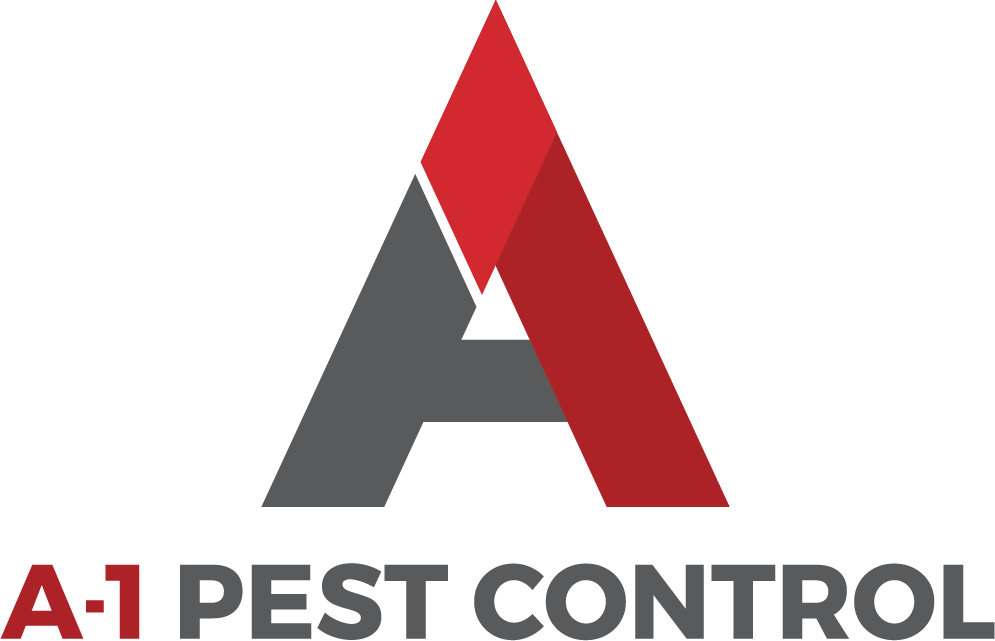
About A-1 Pest Control in North Carolina
Finding gnats indoors can be annoying, especially if they aren’t going away after a few days. Though gnats are small and typically harmless to our physical safety, they can get into food, and just cause sheer frustration when you’re trying to relax around the house. If you need help with gnats indoors or pest prevention in North Carolina, the experts at A-1 Pest Control can help.
We have offices in Lenoir, Hickory, Blowing Rock, Mooresville, and West Jefferson, but our exterminators serve much of the surrounding area. Find out if our pest control technicians can visit your home in North Carolina.
Contact us today at 828-481-9140 to learn more about our Home Shield pest control plans in North Carolina. Our exterminators will help you take care of gnats—and many other creatures and critters that are best left outside! Schedule a pest control service today.

